I went to the Atacama Desert, in northern Chile, in June 2012. My main objective was not bird watching, but it was inevitable since so many birds just popped up in front of me. Atacama is considered the driest desert in the world, so living there is quite challenging to any organism. It is located in the border between Chile and Bolivia, in a huge area with dramatic landscapes ranging from volcanoes to salt plains, lakes and geysers.
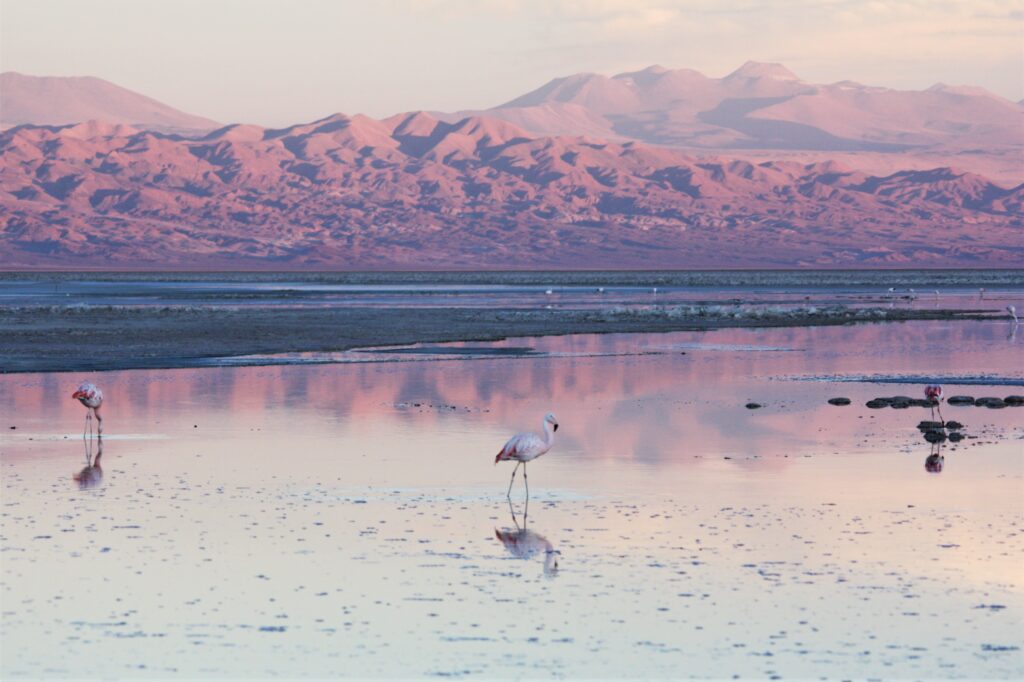
For Flamingo lovers the best place to watch them is at Atacama Salt Lake (Salar de Atacama). There, together with other aquatic-related bird species, they form a wonderful vision in the afternoon, when the sun light hits the mountains, and everything starts to transform in 50 shades of pink. You can spot James’s Flamingos, Crested Ducks, Andean Avocets, Plovers, and many more birds. At the entrance of the salar there is a visitor’s center, and a small aquarium with the microcrustaceans that live in the water (nano shrimps also known as Artemia), which are the base of the flamingos’ diet, which gives them the pink plumage coloration.
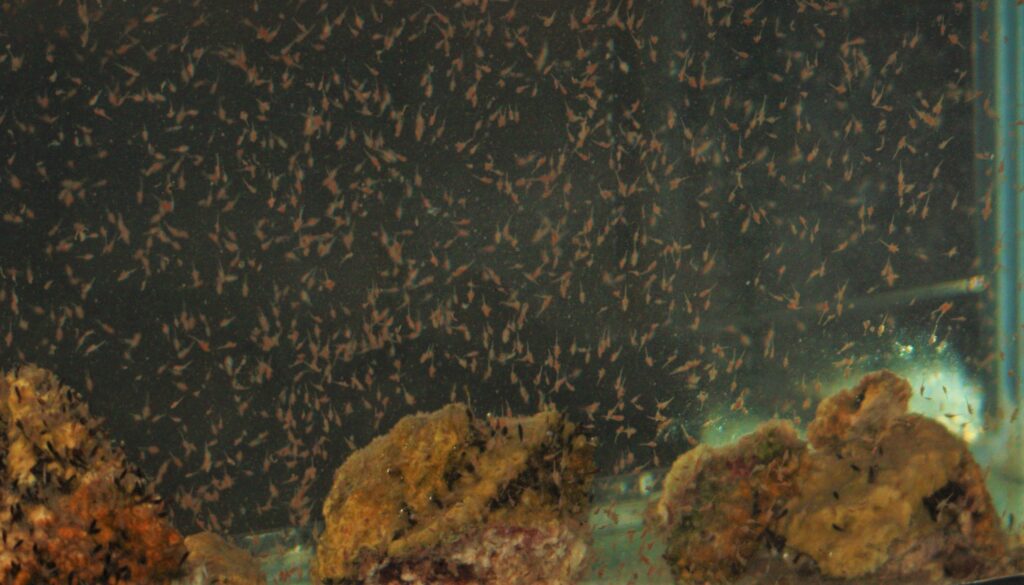
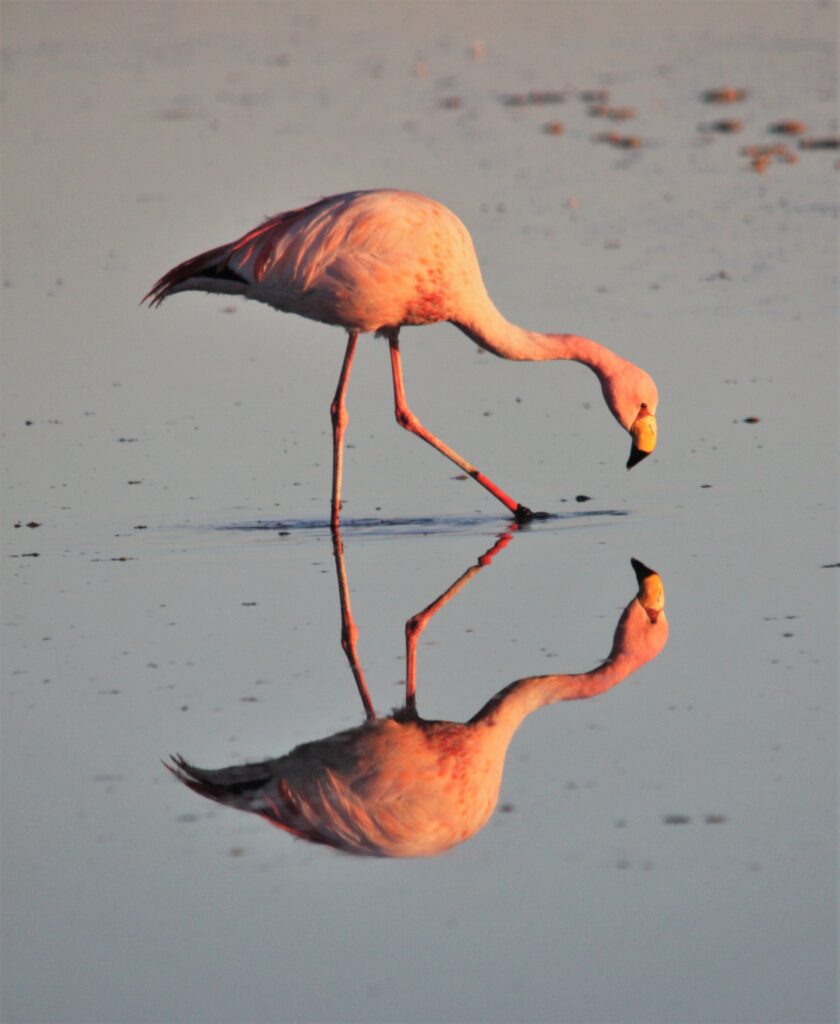
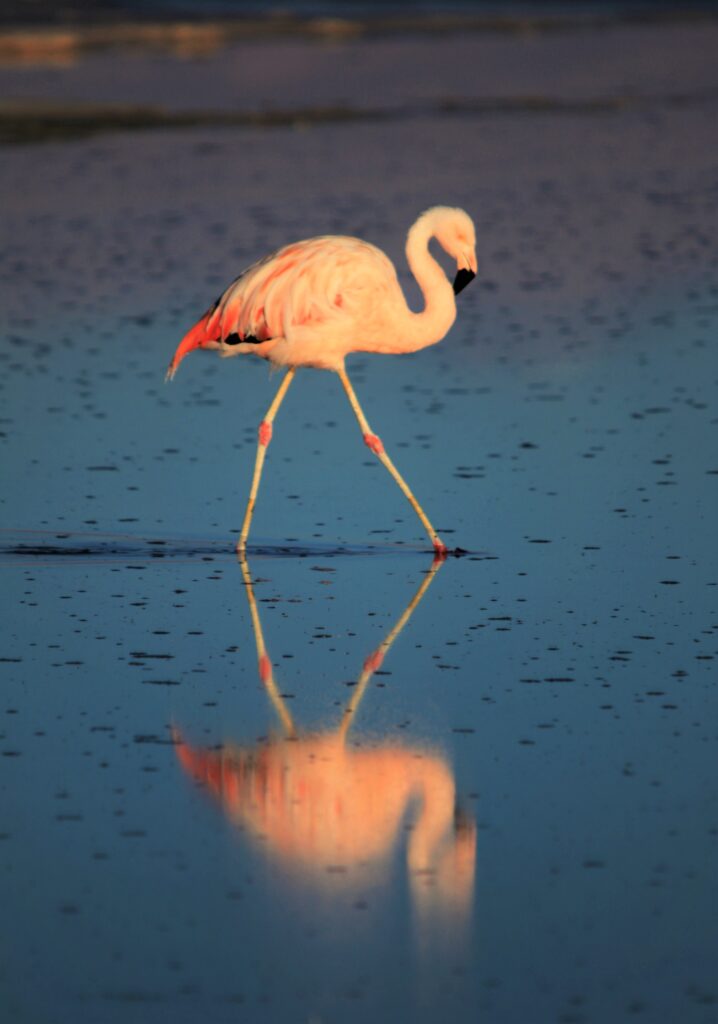
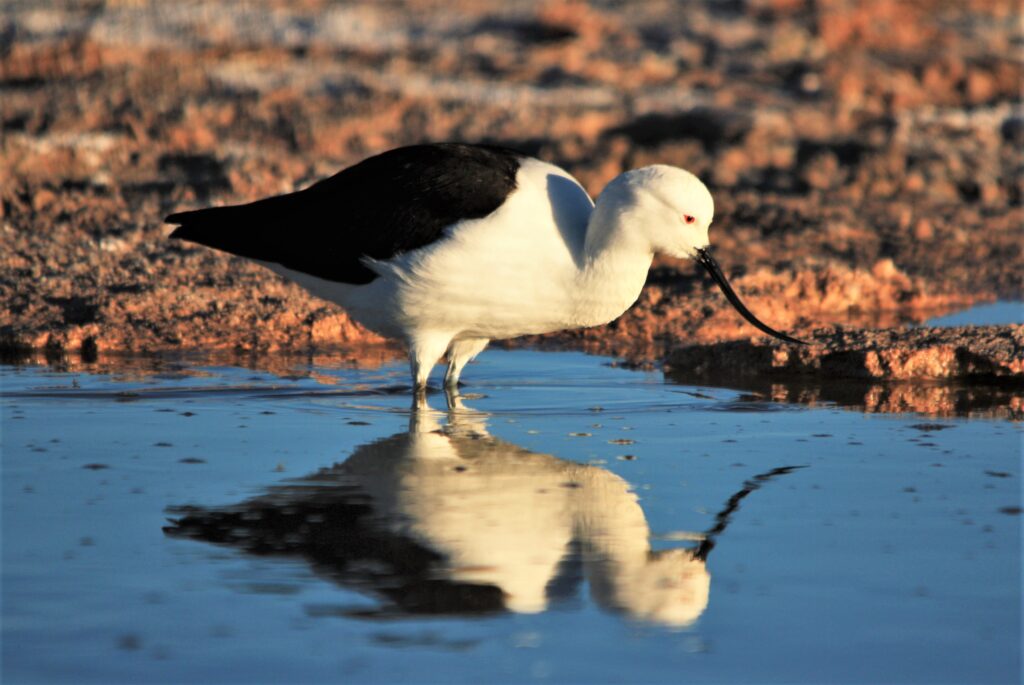
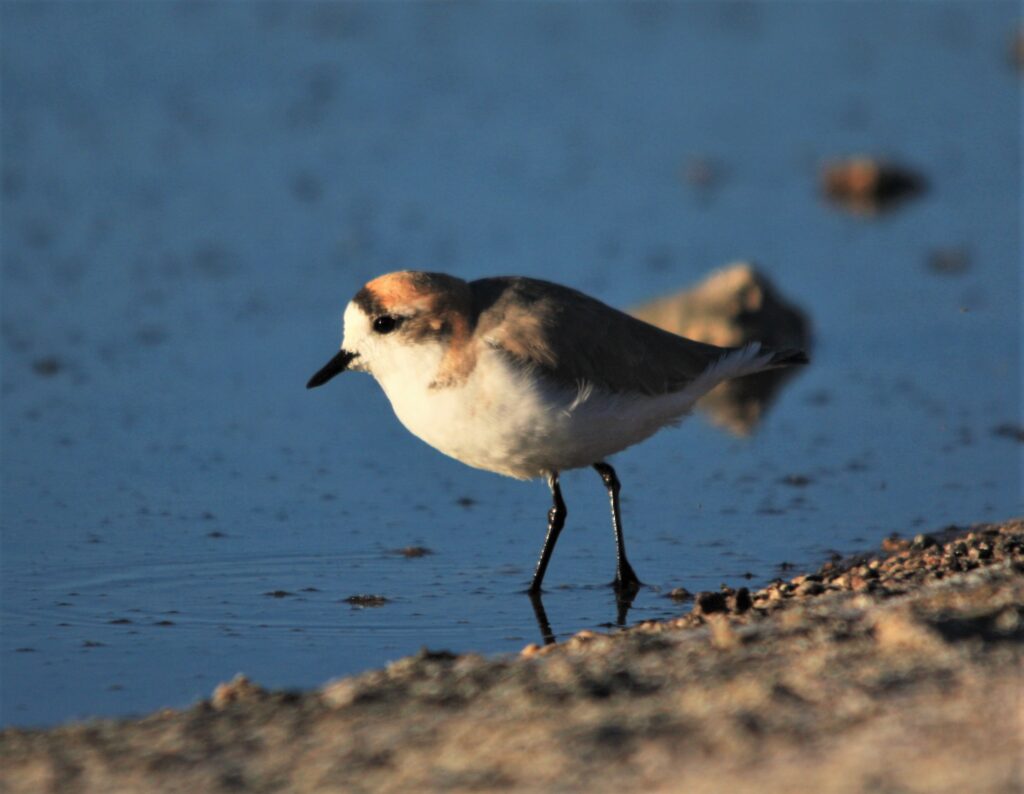
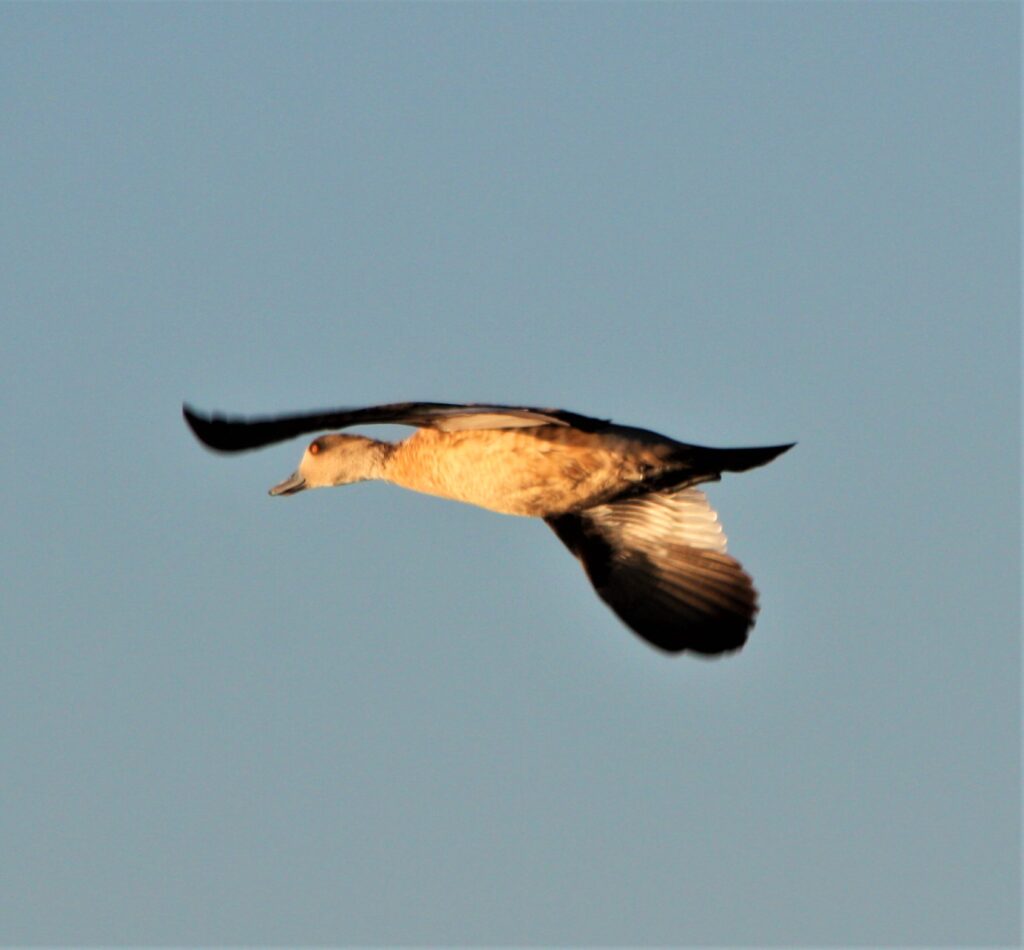
I stayed at an all-inclusive hotel, Tierra Atacama, with an excellent view of the volcano and of the nearby San Pedro de Atacama village. Most hotels are located next to San Pedro as they are the headquarters for daily tours to the salt lakes, Death Valley, Moon Valley, El Tatio geyser and the lagunas. A driver with a 4×4 went to pick me at Calama Airport. My package was an all-inclusive with meals, tours and drinks. The hotel is a mix of modern and rustic styles. I was welcomed by the manager and soon had an overview of the tours for the next 4 days with Max, the guides’ chief. I stayed in room number 12, with a great view of volcano Licancabur and the Andes. The room was cozy, but I missed a mini bar. It is extremely dry in Atacama, so I was constantly drinking water. More than once I missed fresh water in the room, every night I had to go to the reception to fill out bottles. It was not a major problem but a bit annoying. The bathroom was very nice, with L’Occitane amenities and an outdoor shower. There was also a private balcony. The meals were good, but I missed more options, since there were only two or three options to pick from a preset menu. My only complaint is that in the last day, the El Tatio Geyser tour was a very harsh tour. When I arrived in the room the night before there was a letter saying that I should leave the luggage ready as soon as I left for this tour (5am), so when I returned to the hotel I could not use the room anymore. That was not what I expected from the service I had so far, so I was quite disappointed. The transfer back to Calama left four hours later and although there was a chance to change in the swimming pool lockers I didn’t feel comfortable to do that. The hotel had both indoor and outdoor swimming pools and also a steam sauna, which was very nice.
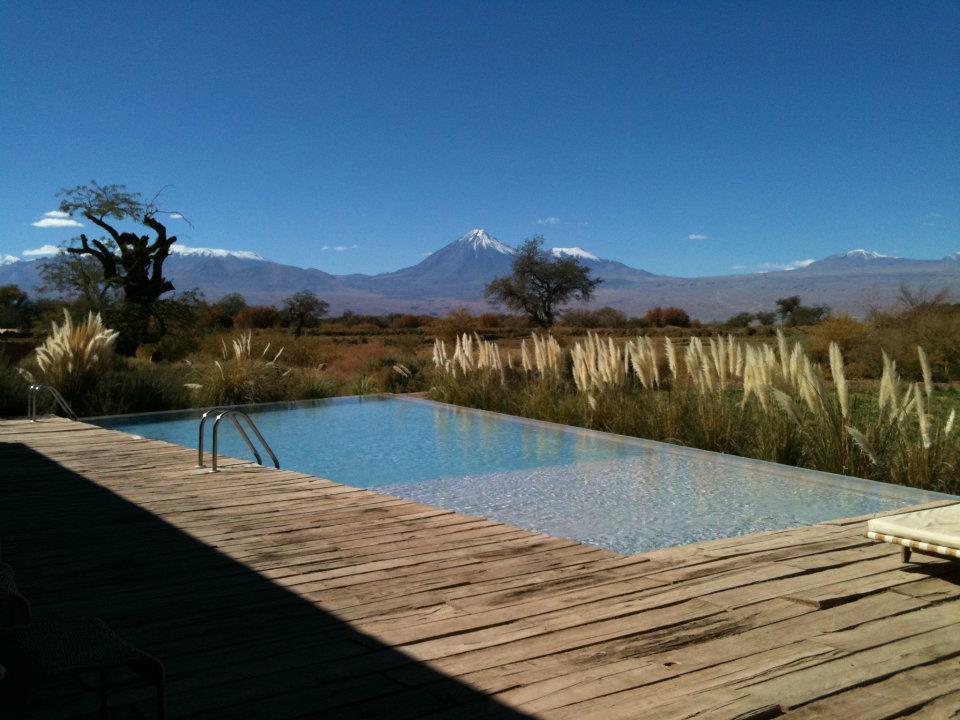
In San Pedro de Atacama and in most tours, the altitude is another challenge. The so called “soroche” is a common problem with tourists. I had a terrible headache, nausea and felt tired from walking just a few meters.
A very interesting tour is the one that goes to Lagunas Miscanti & Miniques. The road has breathtaking views from the prairies and mountains. The lagunas are located next to the village of Socaire, above 4,000 m above sea level. They are surrounded by volcanoes and is very windy up there. A parka-like coat is mandatory. There is a protected area with lots of Horned Coot (Fulica cornuta) nests and it’s easy to spot small flocks of the Puna Tinamou (Tinamotis pentlandii).
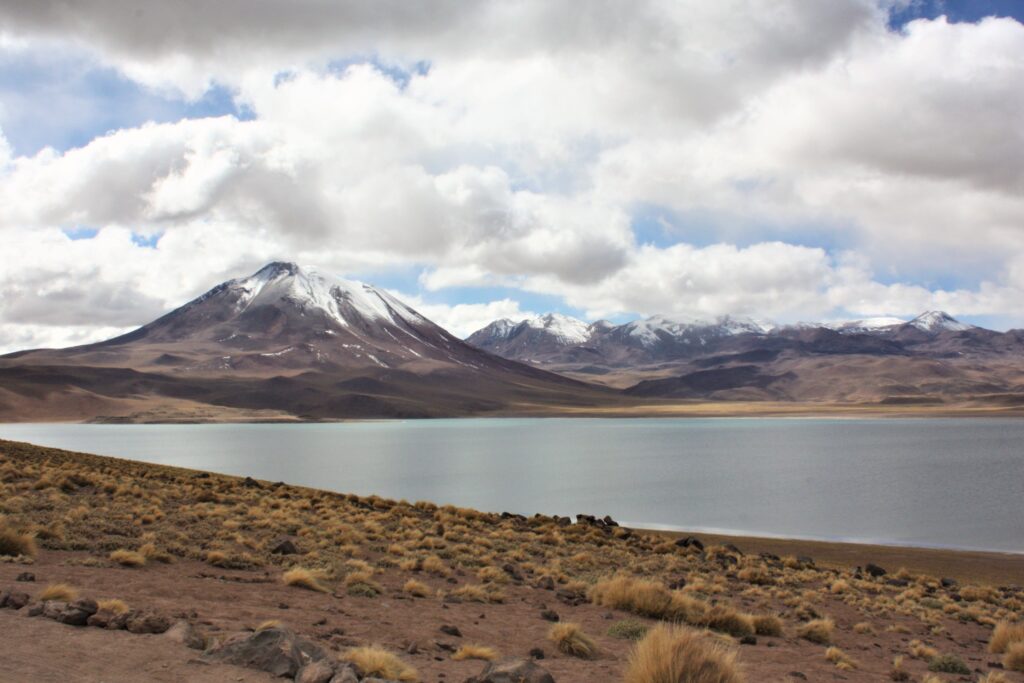
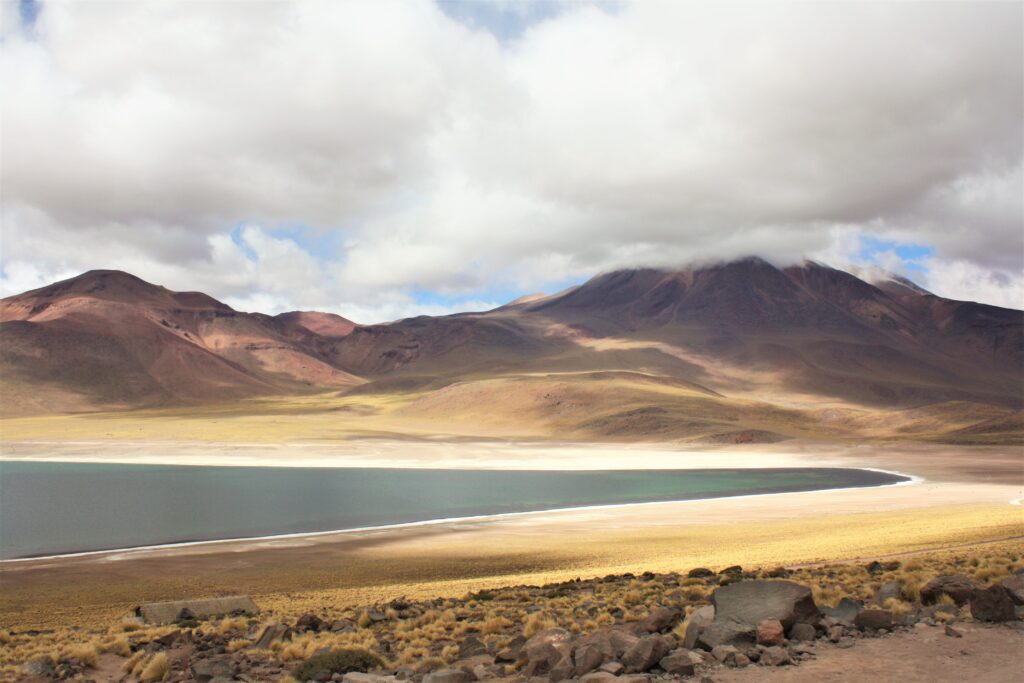
The El Tatio Geyser tour is usually done in the mornings, when apparently all hotels decide to make a light breakfast before the sun rises. I woke up at 4 am and went up the mountains in a minivan. It was extremely cold, -12C, almost freezing before the sun came from behind the mountains. The view of the geyser area is amazing with boiling holes throwing water and smoke all around.
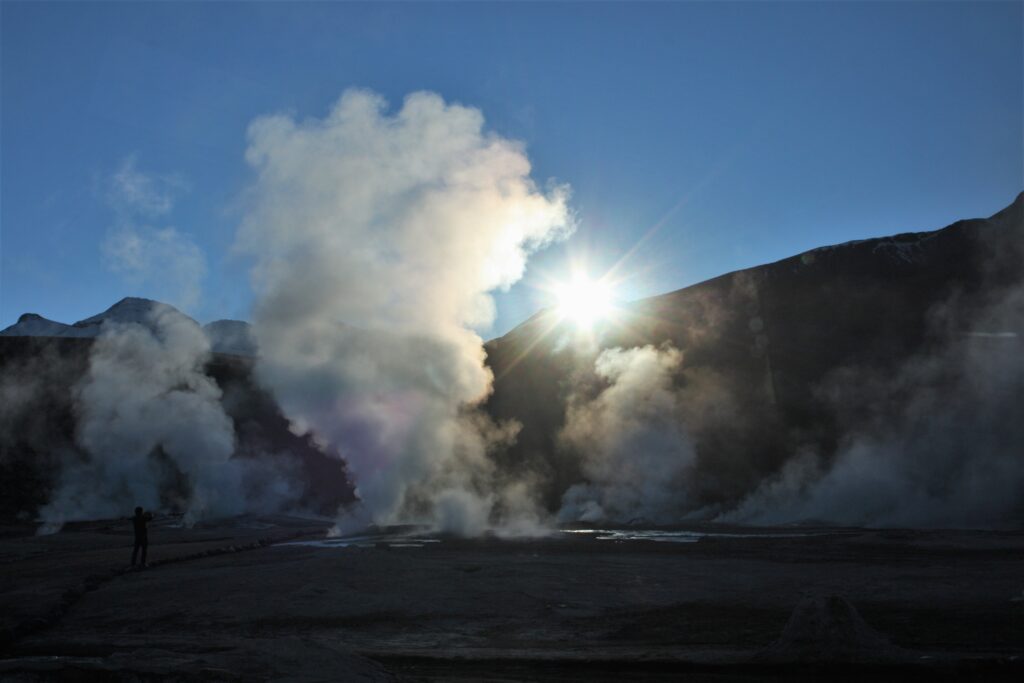
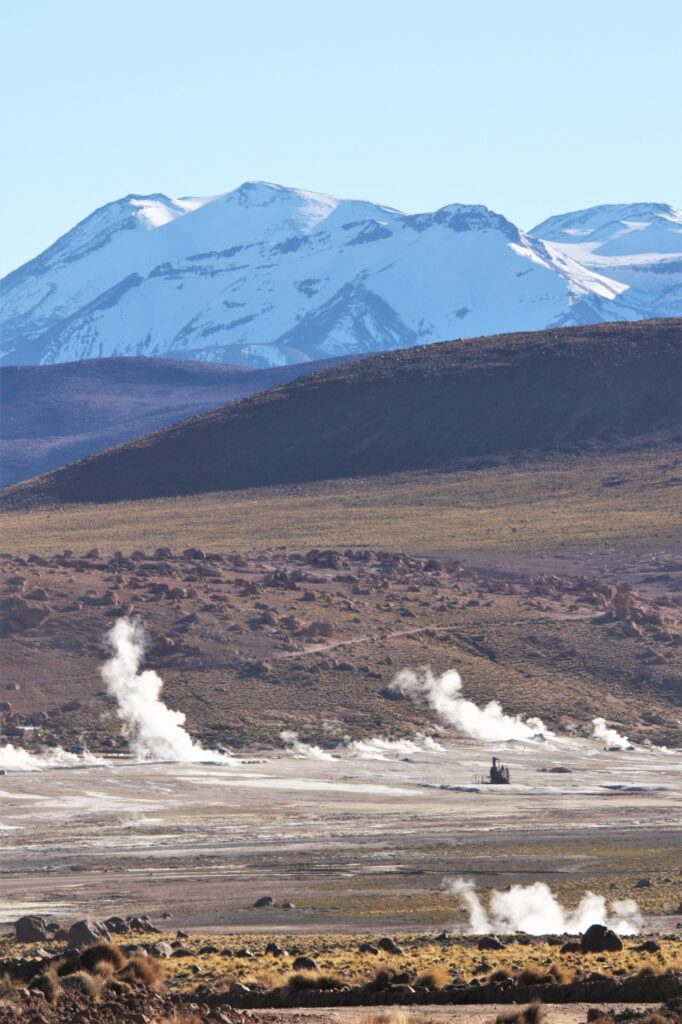
Next to the geyser I saw many Andean animals species, including the Viscacha (similar to a chinchilla), Vicunas (Vicugna vicugna), the Andean Fox (Lycalopex culpaeus), and the Andean Gull (Larus serranus). On my way back we stopped near a small pond, where there were many Crested Ducks, Andean Geese (Chloephaga melanoptera), Chiguanco Thrush (Turdus chiguanco) and Austral Negrito (Lessonia rufa).
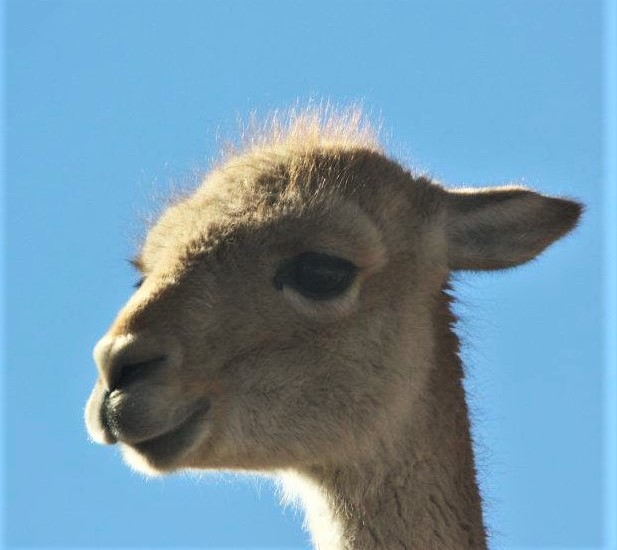
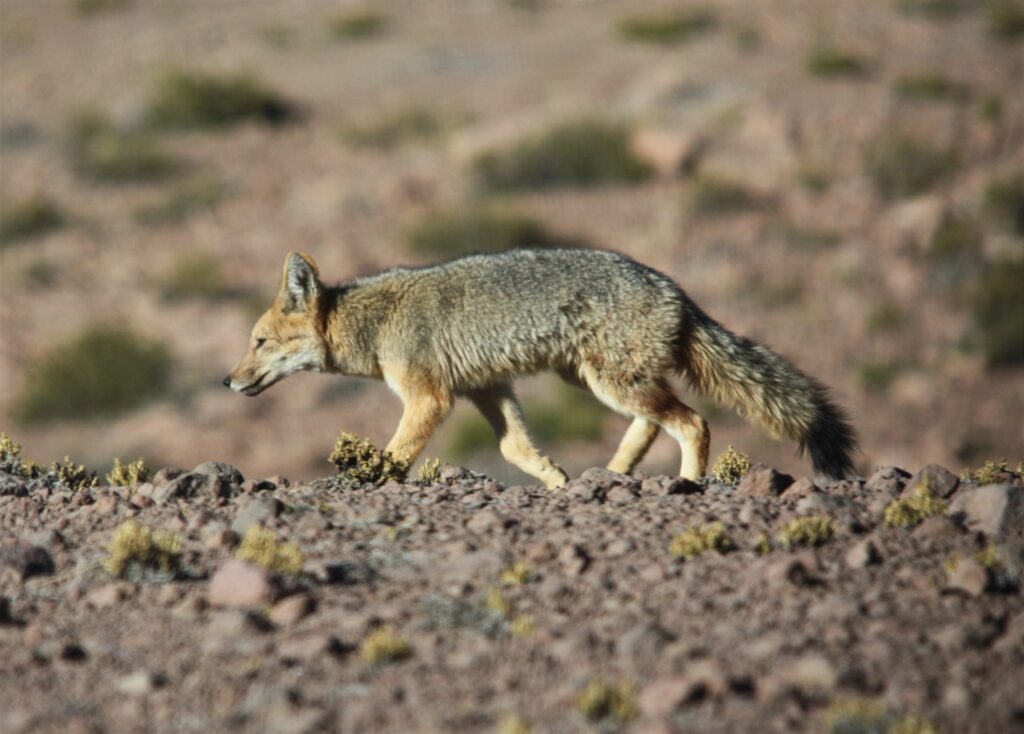
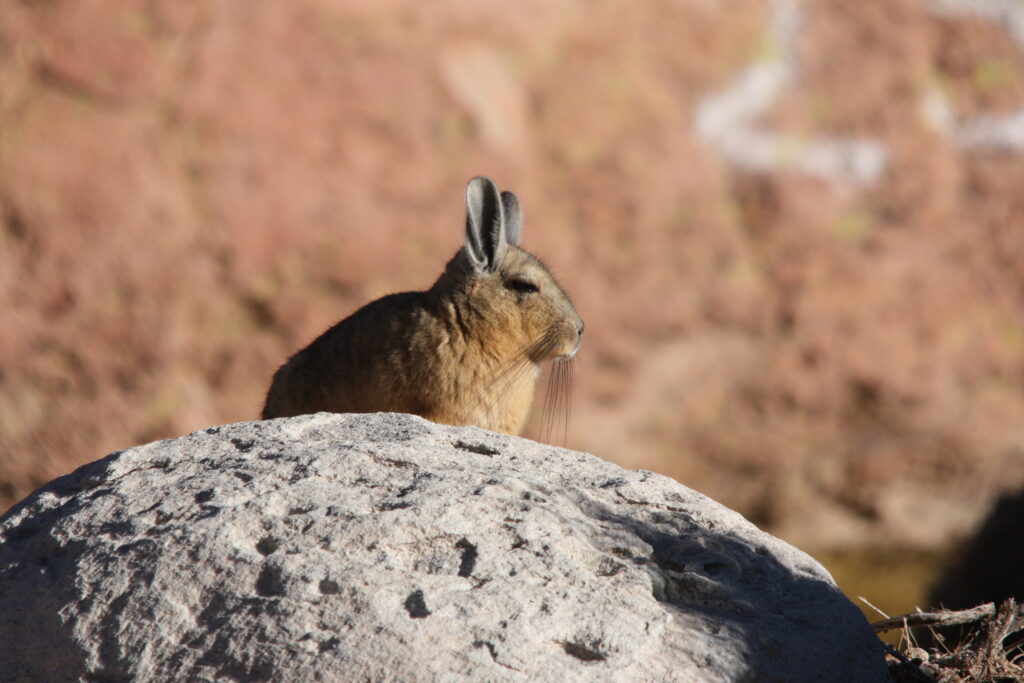
For the fans of astronomy I strongly recommend the night tour at one of the local observatories in San Pedro village. The sky is so clear that we can see the rings of Saturn, Mars, every crater on the Moon and many many stars in detail. In fact, Atacama’s sky is so clear that NASA and other institutions from different countries, including Chile, decided to settle there the ALMA project (Atacama Large Millimeter Array), the largest astronomical project in the world.
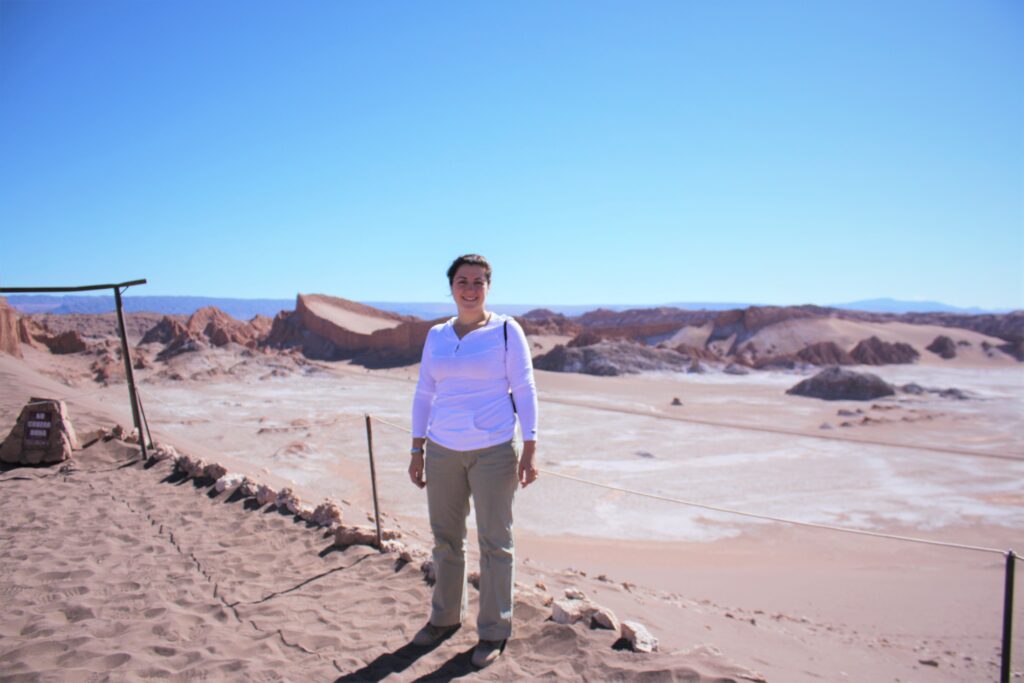
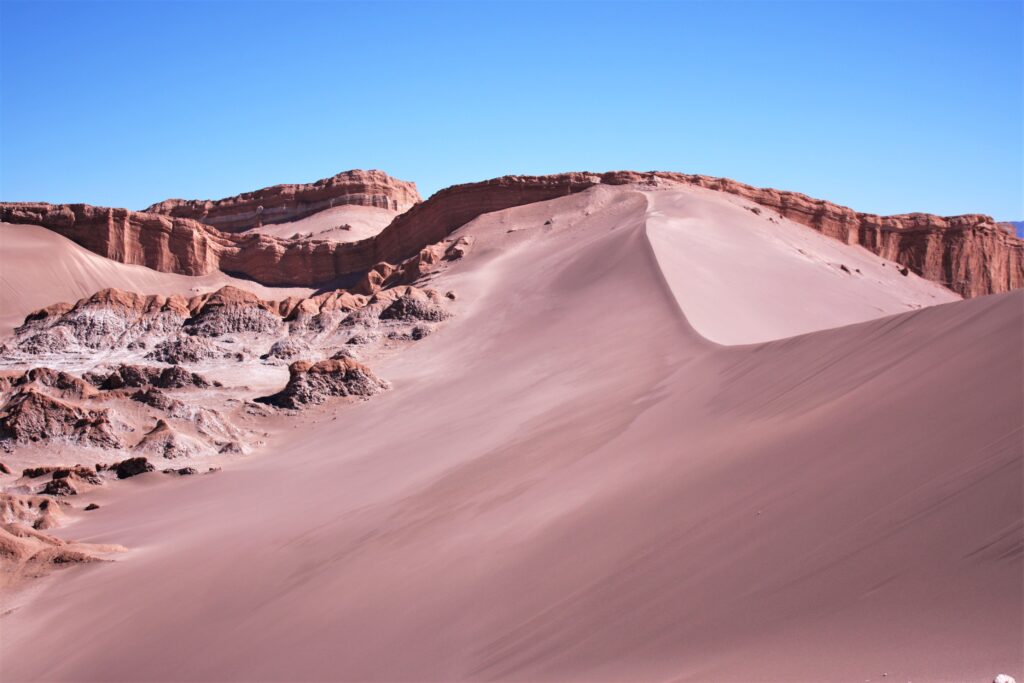
Birds species seen and places of observation:
- Puna Tinamou (Tinamotis pentlandii): Laguna Miscanti
- Chilean Flamingo (Phoenicopterus chilensis): Atacama salt lake/ On the way to El Tatio
- Andean Flamingo (Phoenicoparrus andinus): Atacama salt lake
- James’s Flamingo (Phoenicoparrus jamesi): Atacama salt lake
- Andean Gull (Larus serranus): El Tatio geyser
- Andean Goose (Chloephaga melanoptera): On the way to El Tatio
- Crested Duck (Lophonetta specularioides): Atacama salt lake/ On the way to El Tatio
- Kentish Plover (Charadrius alexandrinus): Atacama salt lake
- Horned Coot (Fulica cornuta): Laguna Miscanti
- Giant Coot (Fulica gigantea): On the way to El Tatio
- Silvery Grebe (Podiceps occipitalis): Laguna Miscanti
- Andean Avocet (Recurvirostra andina): Atacama salt lake
- Eared Dove (Zenaida auriculata): Tierra Atacama Hotel
- West Peruvian Dove (Zenaida melanorda): Tierra Atacama Hotel
- Chiguanco Trush (Turdus chiguanco): On the way to El Tatio
- Austral Negrito (Lessonia rufa): On the way to El Tatio
- Rufous-collared Sparrow (Zonotrichia capensis): Tierra Atacama Hotel
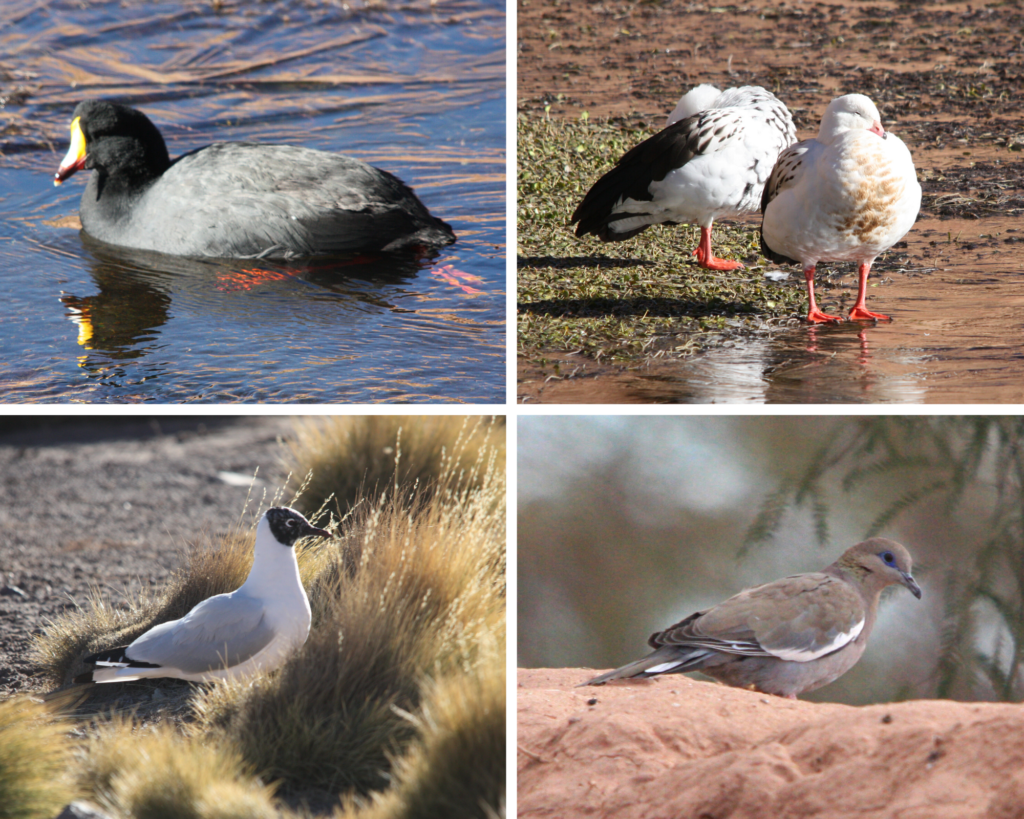
If you are planning to visit Atacama Desert make sure to keep hydrated at all times, it is very easy to get dizzy and have headaches because of the altitude and the dry air.
Read more: Atacama, Chile: The Pink Desert, June 2012